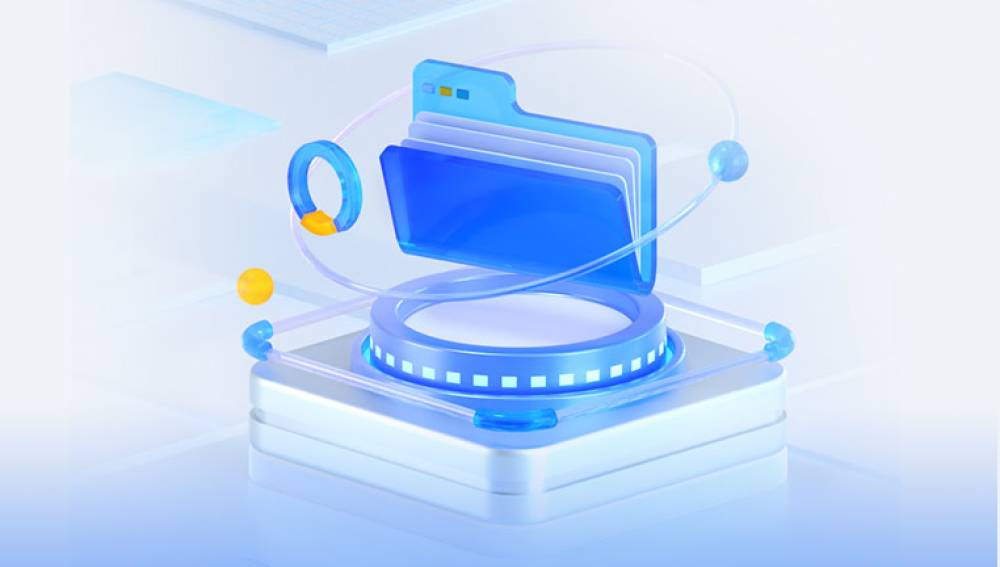Understanding how Windows manages system folders like Desktop is essential. Unlike typical user-created folders, the Desktop folder has a special place in the system architecture. It resides within your user profile and is intrinsically linked to your daily workflow. Losing access disrupts your ability to work efficiently and undermines confidence in your machine’s stability.
Fortunately, Windows 11 provides multiple recovery pathways, both simple and advanced, to reclaim the Desktop folder. From built-in features like File History and System Restore to third-party recovery tools, restoring your desktop environment is entirely achievable provided you act promptly and methodically.
Common Reasons Why the Desktop Folder Disappears
Before diving into solutions, it’s crucial to understand potential causes:
Accidental Deletion: Users sometimes inadvertently delete the Desktop folder while organizing files.

User Profile Corruption: If the user profile is damaged, system folders like Desktop may go missing.
Malware or Virus Attack: Certain malicious programs target and hide or delete important folders.
Windows Update Bugs: Occasionally, updates modify user settings, including folder locations.
Incorrect Folder Redirection: Mistakes in folder path settings can misplace the Desktop folder.
Hard Drive Issues: Bad sectors or failing drives can make files and folders inaccessible.
Temporary System Glitches: In rare cases, a reboot or crash can cause system folders to temporarily vanish.
Understanding the root cause helps you choose the best method for restoration.
Preliminary Steps: Check for Simple Mistakes
Before performing any advanced recovery:
1. Restart Your Computer
Sometimes, the desktop folder isn’t gone—it’s just a temporary glitch. Restart your system and check if it reappears.
2. Show Hidden Files and Folders
Your Desktop folder might simply be hidden.
Open File Explorer.
Click View → Show → Hidden items.
Navigate to C:\Users\[Your Username] and look for the Desktop folder.
3. Search for the Desktop Folder
Use Windows Search to find it:
Press Windows + S and type “Desktop.”
Look for a folder (not shortcuts) under "Folders."
If it's found elsewhere, you can move it back to the correct location.
Method 1: Restore Desktop Folder from Recycle Bin
If the Desktop folder was accidentally deleted, it might still be in the Recycle Bin.
Steps:
Double-click Recycle Bin on your desktop.
Search for "Desktop."
If you find it:
Right-click the folder and select Restore.
It will return to its original location: C:\Users\[Your Username]\Desktop.
Tip: If you emptied the Recycle Bin, skip to other methods below.
Method 2: Restore from Previous Versions
Windows automatically creates backup "snapshots" if System Protection is enabled.
Steps:
Open File Explorer and navigate to C:\Users\[Your Username].
Right-click the User Folder (your username).
Select Properties → Previous Versions.
Browse the available versions and look for the one that still contains the Desktop folder.
Select the correct version and click Restore.
Note: If no previous versions are available, System Protection might have been disabled.
Method 3: Use File History
File History is a feature that backs up user folders (Documents, Desktop, Pictures, etc.).
Steps:
Open Settings → System → Storage → Advanced storage settings → Backup options.
Click More options under Back up using File History.
Select Restore files from a current backup.
Navigate to your User Profile.
Find and restore the Desktop folder.
If you haven’t set up File History previously, this method won’t be available.
Method 4: Recover Using OneDrive
If you use OneDrive, it might have backed up your Desktop automatically.
Steps:
Go to OneDrive online.
Log in with your Microsoft account.
Navigate to the Desktop folder inside OneDrive.
If available, download the Desktop contents or sync them back to your PC.
Pro Tip: Ensure OneDrive’s backup settings include the Desktop folder to prevent future issues.
Method 5: System Restore
System Restore rolls your computer’s system files back to a previous point.
Steps:
Press Windows + R, type rstrui.exe, and hit Enter.
Choose a restore point created before the Desktop folder disappeared.
Follow on-screen instructions to complete the process.
Warning: System Restore affects installed programs and system settings, not personal files, but always back up data before restoring.
Method 6: Manual Recreation of the Desktop Folder
If all else fails, you can manually recreate the Desktop folder.
Steps:
Open File Explorer.
Navigate to C:\Users\[Your Username].
Right-click inside the window, select New → Folder.
Name it Desktop.
Right-click the newly created folder → Properties → Location tab.
Click Restore Default to point it correctly.
This ensures the system knows where your Desktop folder resides.
Method 7: Use Data Recovery Software
Drecov Data Recovery
General Steps:
Download and install the recovery software (preferably on another drive).
Run a scan targeting C: drive.
Look for your Desktop folder in the recoverable files list.
Select and restore it.
Note: Avoid writing new data to your system drive before recovery to prevent overwriting lost files.
Preventing Future Desktop Folder Loss
After recovering your Desktop folder, take proactive measures:
1. Set Up File History
Ensure File History is active and configured to back up the Desktop folder.
2. Regular System Restore Points
Enable System Protection and create manual restore points before major updates or installations.
3. OneDrive Backup
Leverage OneDrive to back up Desktop, Documents, and Pictures folders seamlessly.
4. Disk Health Monitoring
Use tools like CrystalDiskInfo to monitor your hard drive's health.
5. Good Cyber Hygiene
Keep your antivirus updated, and avoid suspicious downloads to prevent malware that can cause data loss.
Troubleshooting Special Scenarios
Desktop Folder Is There, But Empty
If you find the Desktop folder but it’s empty:
Check if files are hidden.
Look for the data in C:\Users\Public\Desktop.
Recover missing files individually using previous versions or recovery tools.
Corrupted Desktop Folder
If the folder is accessible but errors occur:
Open Command Prompt as administrator.
Run:
bash
sfc /scannow
Let Windows repair corrupted system files.
Windows Profile Issues
If your profile is corrupted:
Create a new user account.
Copy your data from the old profile to the new one.
Losing the Desktop folder in Windows 11 can feel like the floor dropping out from beneath your digital life. Thankfully, Windows offers a robust suite of tools and recovery options, from the straightforward Recycle Bin restoration to more advanced techniques like System Restore, File History, and data recovery software. Whether your Desktop vanished due to a casual misclick, a deeper system fault, or malicious interference, the pathways to reclaim your work and memories are plentiful.
More importantly, restoring your Desktop folder is only half the battle. Instituting a rigorous backup regimen, monitoring system health, and practicing cyber hygiene are equally crucial for safeguarding your data’s future. Windows 11. with its cloud integration and improved recovery capabilities, gives users more ways than ever to stay protected if you know how to harness them.




